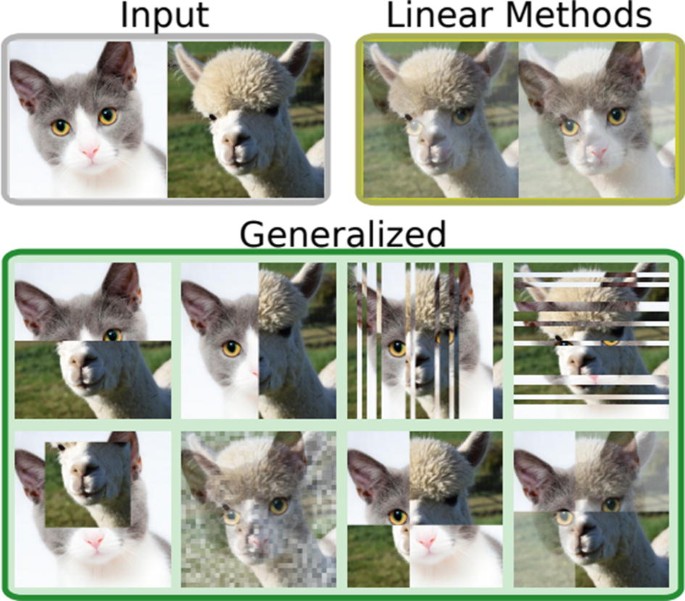

- Keras data augmentation multi label update#
- Keras data augmentation multi label full#
- Keras data augmentation multi label code#
If your image is at another location then specify the full path to the load_img(/path/of/the/image) function. Because then only it will read the image. To run this program we have to keep the image (any image) in the same folder where you will keep this python file. Random Rotation Augmentation Python Implementation The example which we have implemented below is for the random rotation because the augmentation will pick any value of the degree from the range 0 to 90 as we specified the maximum degree is 90.
Keras data augmentation multi label code#
The code example below shows the rotation of the image from 0 to 90 degrees using the rotation_range argument. The rotation_range argument accepts an integer value between 0 to 360. To use this argument in the ImageDataGenerator class constructor, we have to pass the argument rotation_range. In this method, the pixels of the image rotates. In this method of augmentation, we can rotate the image by 0 to 360 degrees clockwise. From the name of the argument itself, it's clear that we are going to rotate the image to a particular angle.Ĭode: The code of this blog, can be downloaded from the following GitHub link: Random Rotation Augmentation Now, we are going to explain another method for image data augmentation which is called Rotation. There are several things that a confusion matrix per class will miss but it's a good first approach.In the previous blogs, we studied vertical and horizontal flip image augmentation.Normally I try dropping the output units by 1/3 on every layer or 1/10 if 1/3 is not sufficient. The output layer from ResNet50 if include_top=False has size 2048, I wouldn't normally followed with a fully connected layer of 20 neurons, but for this example is sufficient to show functionality.Moreover, this will be a great feature to have, a PR would be quite cumbersome though, but go for it! ↩ This is a requirement because each batch of images is loaded into a numpy array, therefore each loaded image should have the same array dimensions.I'm waiting on this person, but if you would like to contribute please do! ↩ Sample weights are not yet implemented in flow_from_dataframe.I hope you appreciate the simplicity of it 🙂 ↩.For multi-class classification make sure the output layer of the model has a sigmoid activation function and that the loss function is binary_crossentropy.In the case of multi-class classification make sure to use class_mode='categorical'.Tha absolute path format gives you more flexibility as you can build a dataset from several directories.This was possible before but in a hacky not very API friendly way.FYI: I did little to no effort to optimize the model. threshold = threshold def on_train_begin ( self, logs = " ) returnįinally! we are ready to train the model.

validation_steps = validation_steps or len ( validation_generator ) self. validation_generator = validation_generator self.
Keras data augmentation multi label update#
You can update keras to have the newest version by:įrom itertools import tee # finally! I found something useful for it from sklearn import metrics class Metrics ( Callback ): def _init_ ( self, validation_generator, validation_steps, threshold = 0.5 ): self. This functionality has just been released in PyPI yesterday in the keras-preprocessing 1.0.6 version. Not to be confused with multi-class classification, in a multi-label problem some observations can be associated with 2 or more classes.

Then, during our last GDD Friday at GoDataDriven I decided to go ahead and start adding the multi-class classification use case. In particular, thanks to the flexibility of the DataFrameIterator class added by this should be possible. This empowerment may come in different ways, such like multi-class classification, multi-label classification, object detection (bounding boxes), segmentation, pose estimation, optical flow, etc.Īfter a small discussion with collaborators of the keras-preprocessing package we decided to start empowering Keras users with some of these use cases through the known ImageDataGenerator class. In order to make AI capable of understanding images in the wild as we do, we must empower AI with all those capabilities. In order to really "understand" an image there are many factors that play a role, like the amount of objects in the image, their dynamics, the relation between frames, the positions of the objects, etc. Images taken in the wild are extremely complex.


 0 kommentar(er)
0 kommentar(er)
